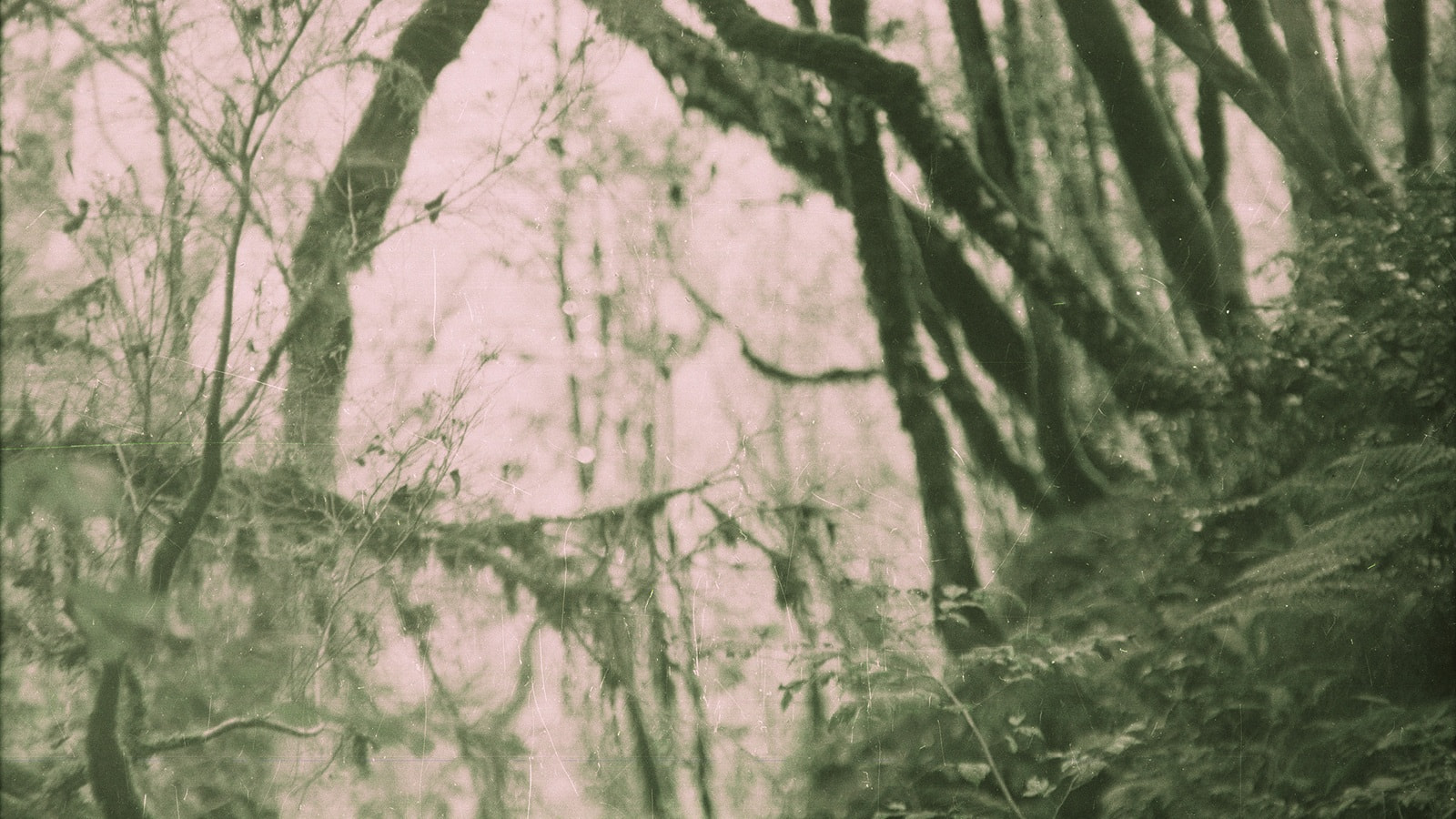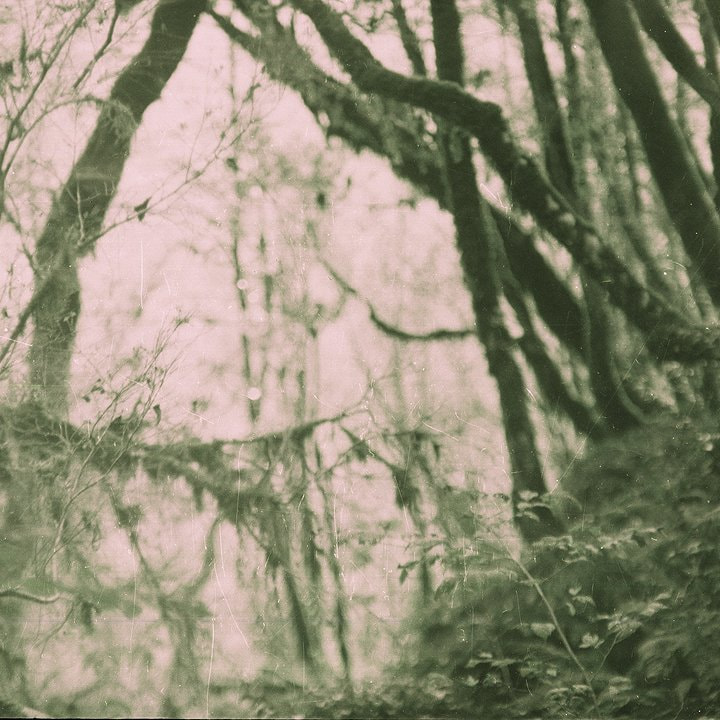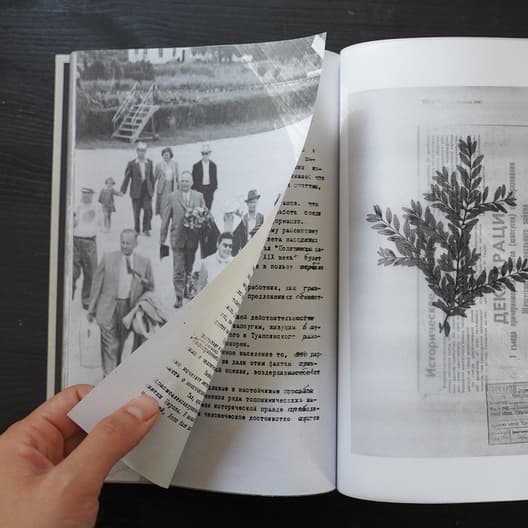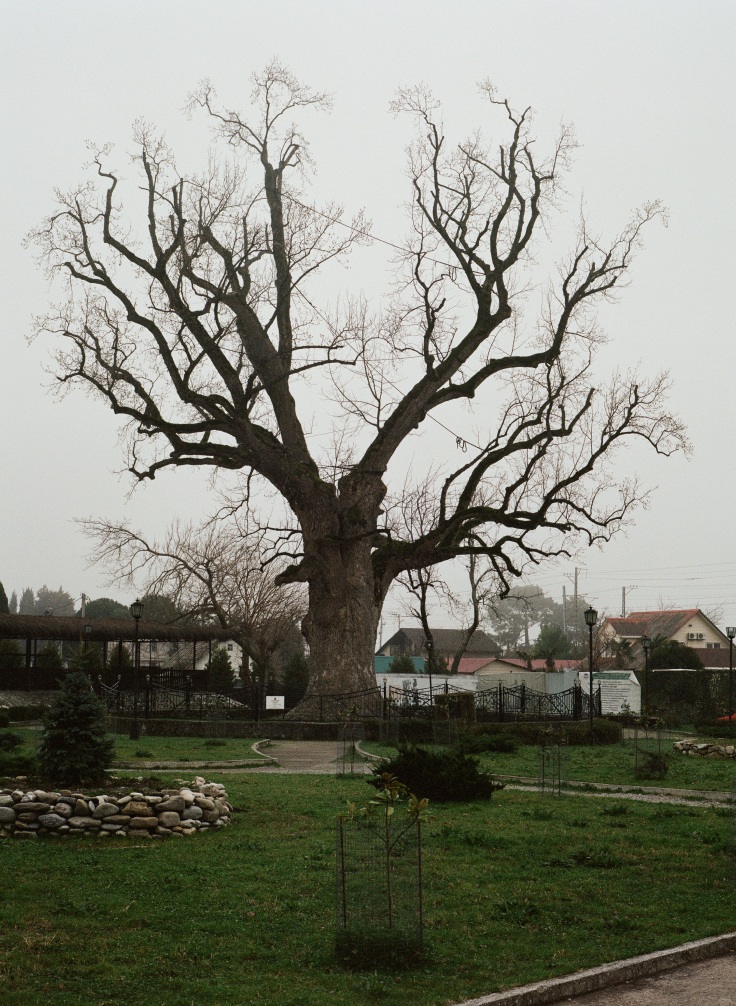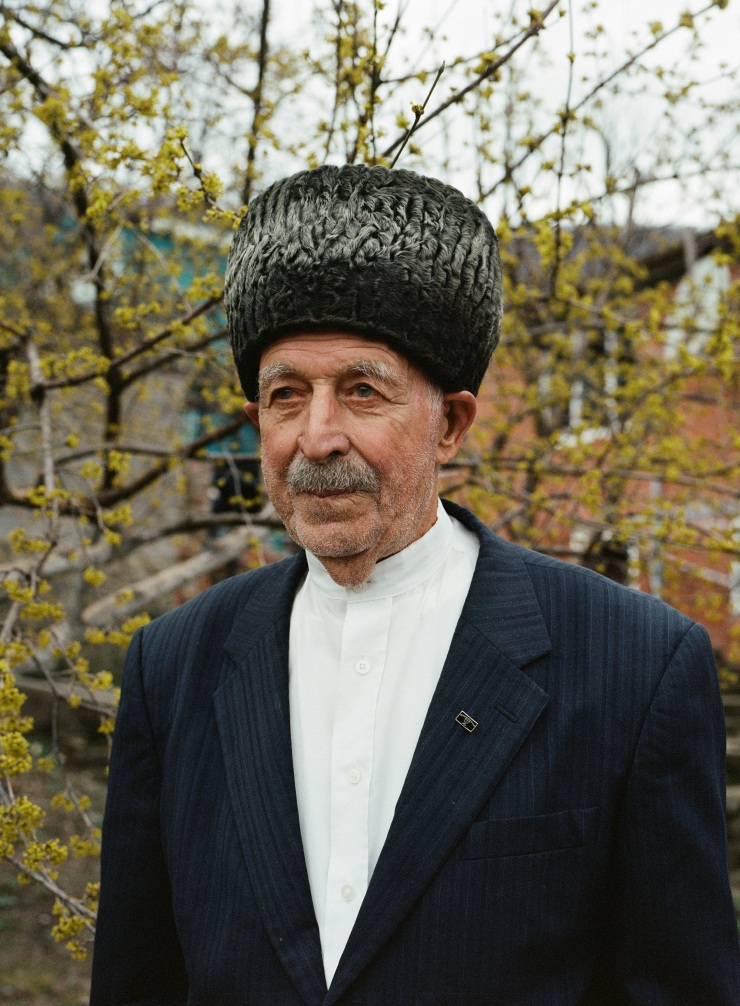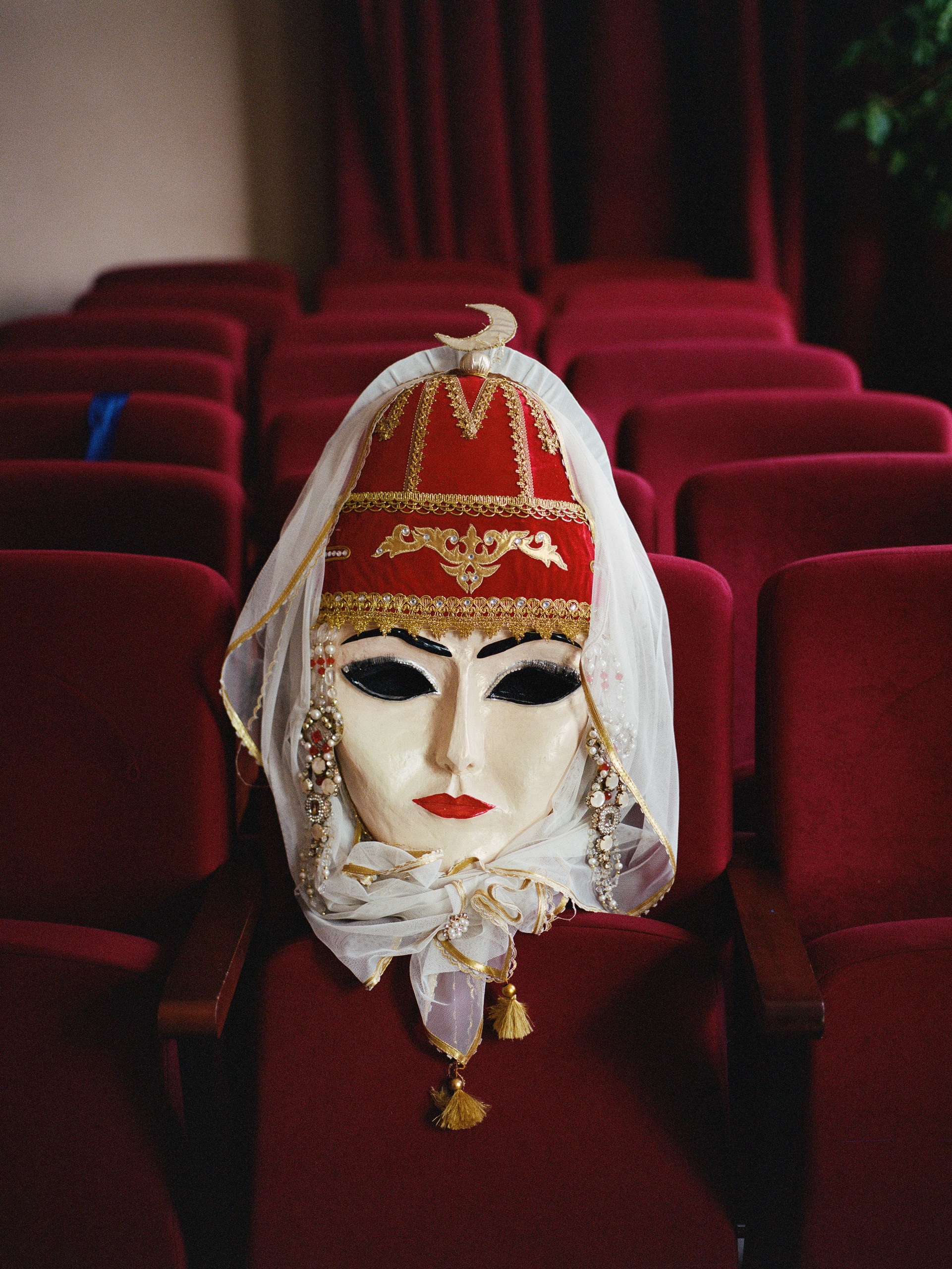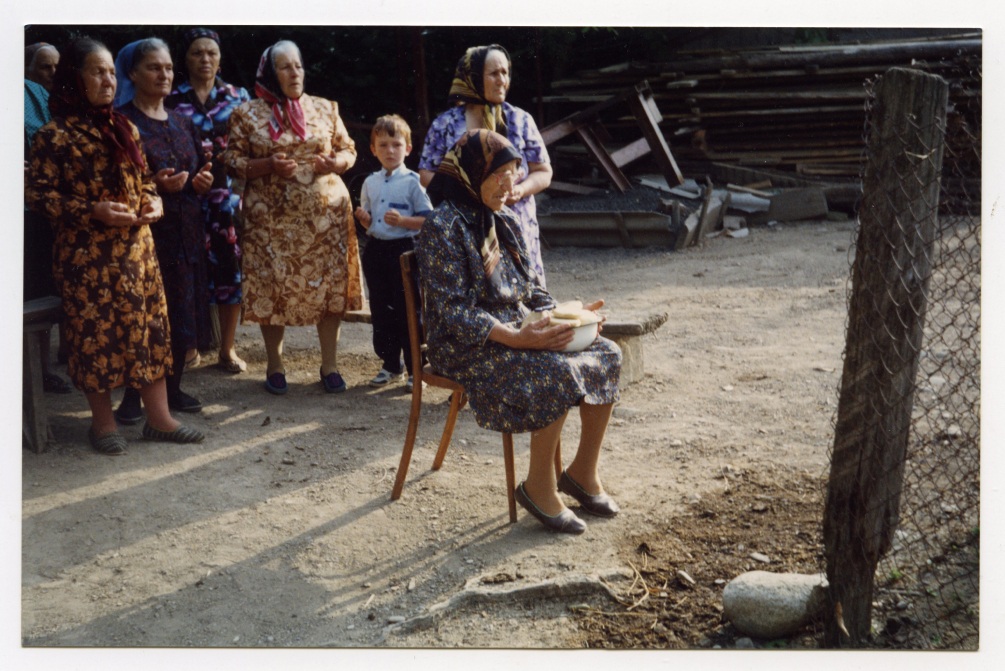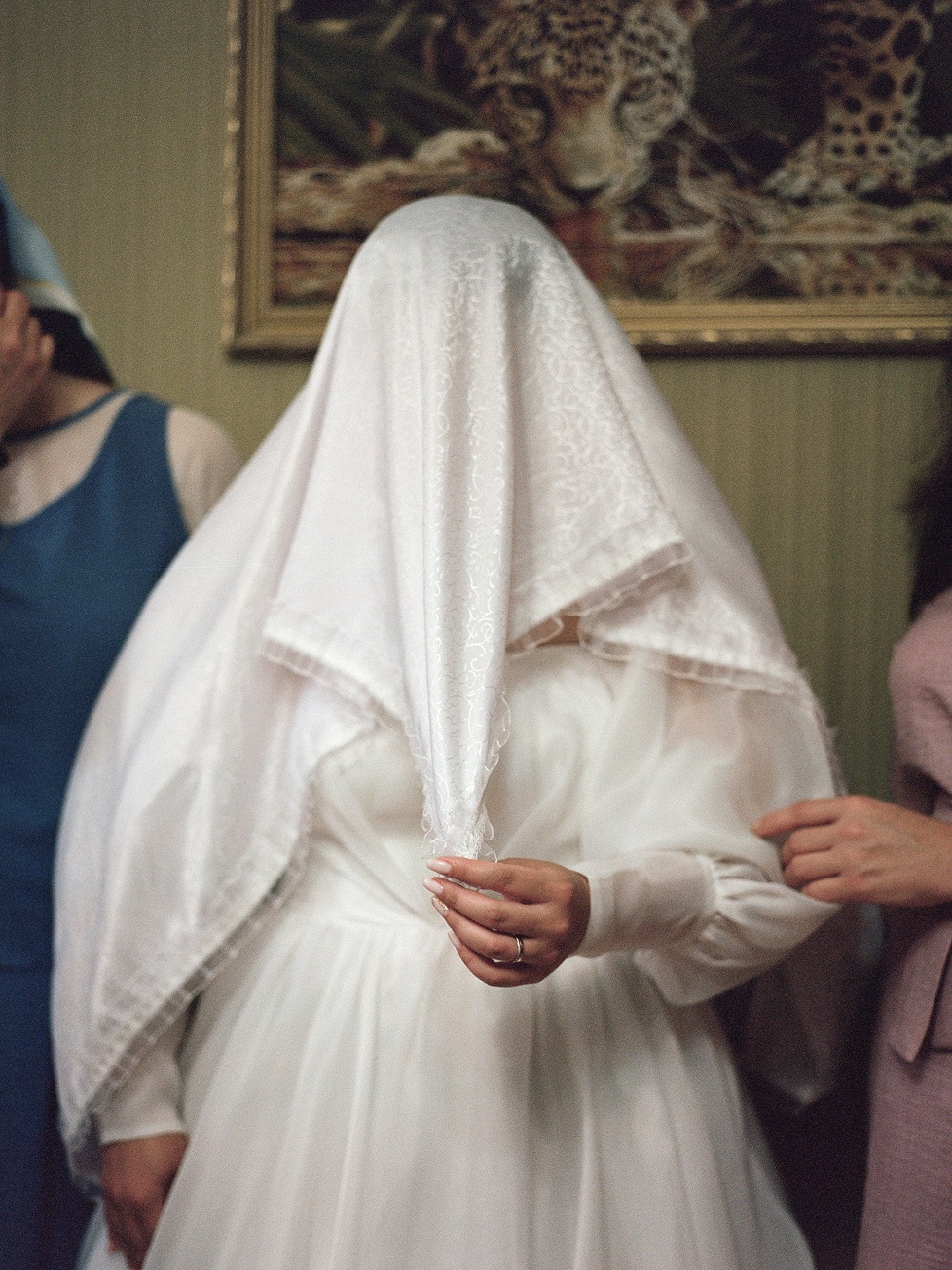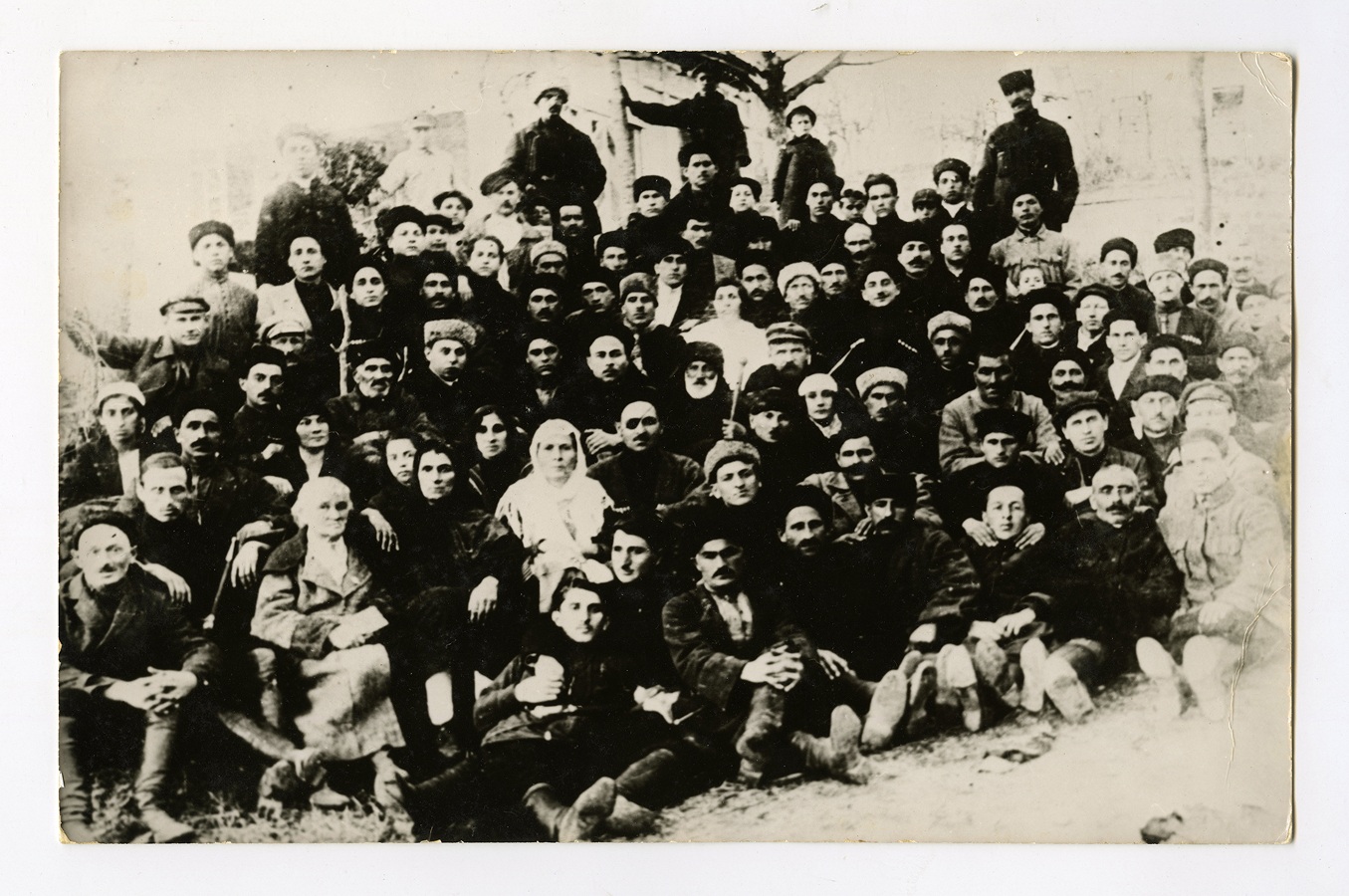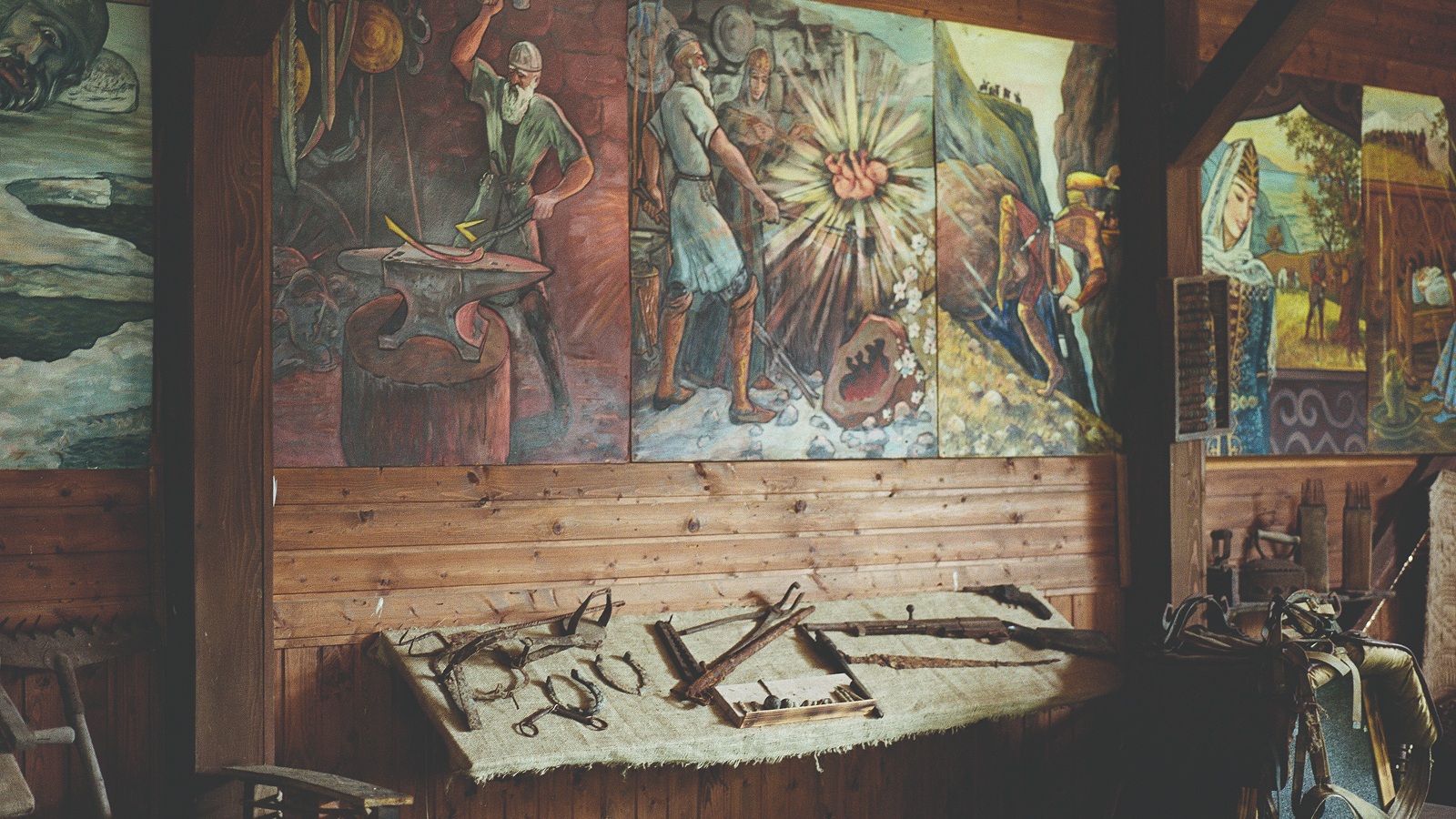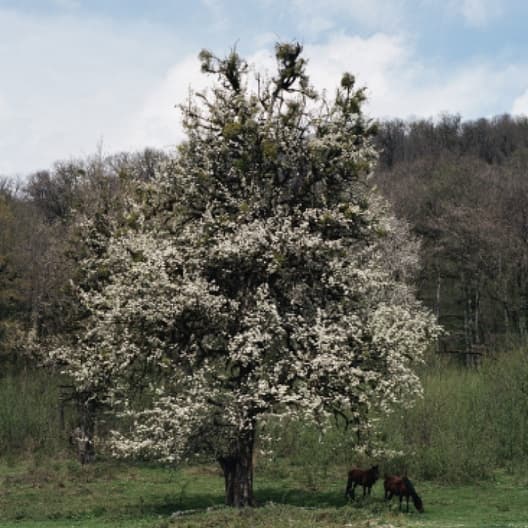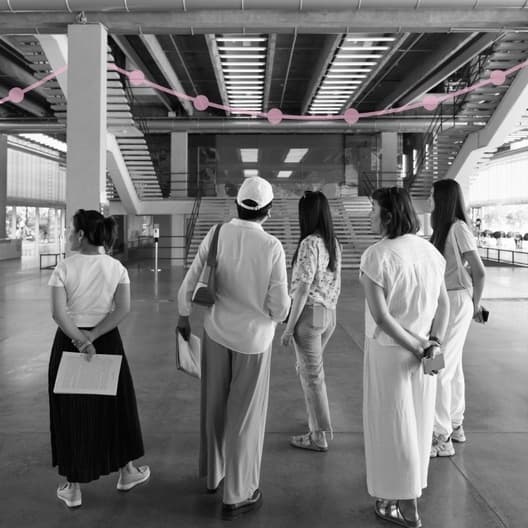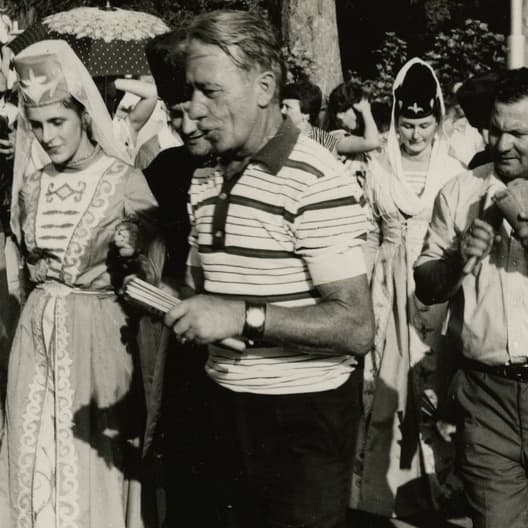Lilit Matevosyan’s artistic research project An Island Surrounded by Land interrogates existing approaches to representing landscapes and what shapes the narratives around them.
The two-year research project has focused on the region of the Northwest Caucasus that adjoins the Black Sea, where the artist grew up and where she lives and works (specifically, in Sochi). «Every person should know the history of the place they live in.» This quote by Murdin Teshev, an elder of the village of Shkhafit near Sochi, which the artist recorded during one of her research trips, she says best sums up the purpose of her project—to study and rethink, through art, the history of a region hidden behind its century-old poster image as a year-round tourist destination.
This research grew out of the project Resortworld, which the artist embarked on in March 2021, aiming to investigate representations of Sochi from the 1950s through the 1990s. Using depictions of the city on tourist postcards, in personal photographs, and reportage, Matevosyan examined how the image of the city as «the Soviet Union’s preeminent wellness resort» differed from how it was actually perceived by its residents. Resortworld drew, among other sources, on the archives of the descendants of families who moved to the Black Sea coast after the Caucasian War (1817–1864). The stories they told and the way they engaged with the memory of the place inspired the artist to delve deeper into the local context. Her study of the cultures of the native peoples of what has become the Greater Sochi region, particularly the Shapsugs—a sub-ethnic group of the Circassians (Adyghe)—became the starting point for the project An Island Surrounded by Land.
Collaboration, dialogue, and building horizontal connections serve as key principles in Lilit Matevosyan’s practice. Accordingly, An Island Surrounded by Land has brought together a large number of participants: historians, ethnographers, botanists, and representatives of Circassian families who the artist had met during her trips to several areas of Greater Sochi and the towns of Abkhazia. After the first year of her research, Matevosyan organized a series of meetings that provided a platform for project participants to voice their views directly. The Teshev family, who founded the Ashe ethnic and cultural center in the village of Shkhafit, spoke about their family history and the preservation of the culture of the Black Sea Circassians. Historian Mikhail Kudin was joined by Madin Khusht, a collector of histories of the indigenous peoples of Greater Sochi, in a discussion on local rites and the preservation of ancient heritage. Philologist Madina Pashtova and historian and academic consultant to the project Vitaly Shtybin met for a conversation on sociocultural identities and the ethnic future of the Circassian diaspora as we know it today.
Another important outcome of the first stage of research was a zine featuring portraits and landscape photography that Lilit Matevosyan made during her trips. The images were complemented by first-person accounts from representatives of Circassian families exploring the preservation of their culture, language, and rites, as well as their ancestors’ difficult experiences of migration in the wake of the Caucasian War.
The title of the project refers to the book The »Insular» Civilization of Circassia by historian Samir Khotko and cultural scholar Bella Agrba, which describes Circassia as a land hidden behind a natural fortress of mountains covered in ancient forests. Matevosyan focuses on the importance of nature, in particular of forests, gardens, and groves in Circassian culture, as well as the changes in the natural landscape of the Northwest Caucasus over the past 100 years. Along with an environmental agenda, she is interested in the symbolism of local plant life being displaced by species introduced from elsewhere. During the second stage of her project, the artist created a series of works that explore the destruction of boxwood (Buxus colchica) by pests accidentally brought to the region during preparations for the 2014 Winter Olympics in Sochi. Buxus colchica, a small tree with very hard wood endemic to the Caucasian coast, had for centuries been a symbol of local nature and of perseverance and the preservation of generational memory. In her works—photographs, collages, and videos—Matevosyan depicts the dying groves of Buxus colchica as spaces filled with ghosts: the physical evidence of the species in decline, as well as the echoes of many losses that follow its disappearance and affect ecosystems, cultures, and communities.
The project will ultimately result in an artist’s book, Even Boxwood Forgets, with Matevosyan’s own photographs and notes and archival and research materials that she has collected over two years of research. Matevosyan has used collage as a method for structuring the book’s narrative, accepting the inherently subjective and simplified nature of any representation of a history or a landscape, while providing a space for open interpretation of her findings through the juxtaposition of varied and at times conflicting visual materials and archival documents. In Even Boxwood Forgets Matevosyan surrenders any attempt to provide an impartial record of what the Northwest Caucasus used to be and what it is now, instead offering a deeply personal account of her evolving relationship with this land.
